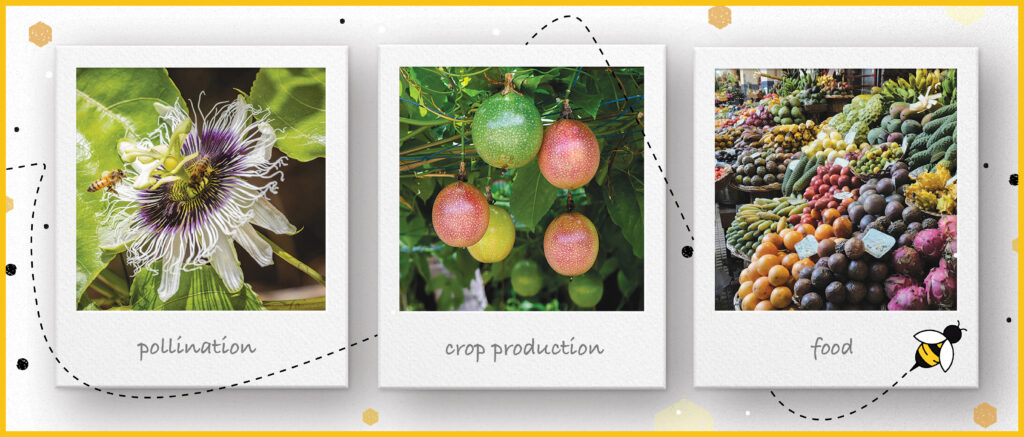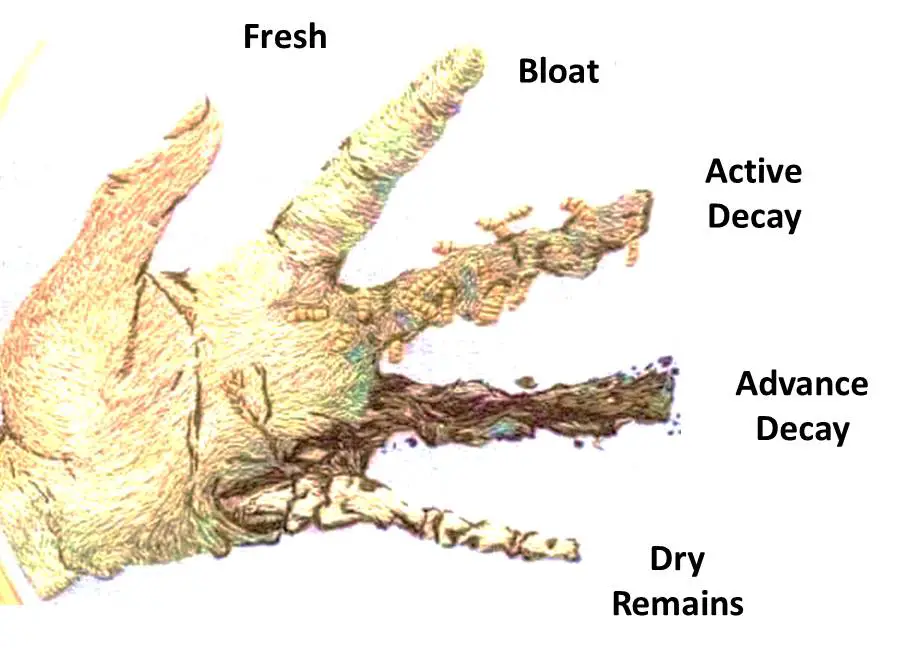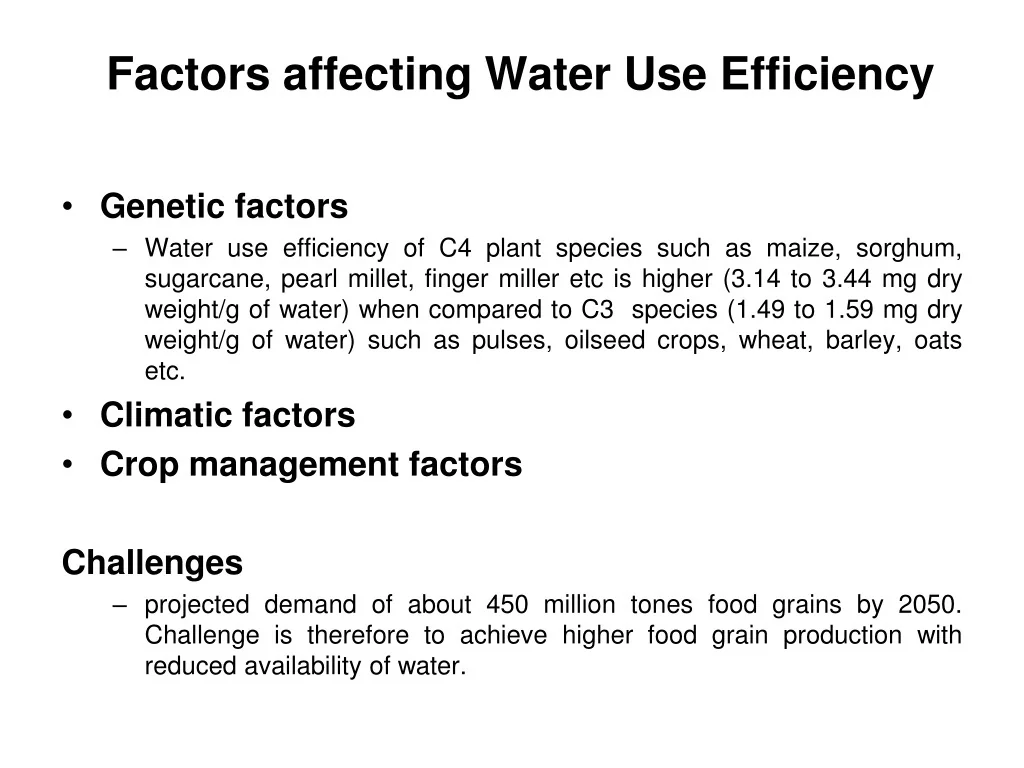
The Silent Partners of Our Plates: Understanding Pollination in Agriculture
Imagine a world without apples, almonds, blueberries, or even coffee. A world where the vibrant colors of our fruits and vegetables fade into a monotonous landscape of wind-pollinated grains. This isn’t a dystopian fantasy; it’s a stark reminder of the crucial role pollination plays in our agricultural systems and, ultimately, our food security. Pollination, the transfer of pollen from the male part of a flower (the stamen) to the female part (the pistil), is the fundamental process enabling plants to produce fruits, seeds, and, consequently, future generations. While some plants are self-pollinating or rely on wind and water, a significant majority, including many of our most economically important crops, depend on animal pollinators, primarily insects.
These unsung heroes, buzzing and fluttering through our fields and orchards, provide what we call pollination services. These services are the ecological processes by which animal pollinators facilitate plant reproduction, resulting in increased crop yields and higher quality produce. Without these services, agricultural productivity would plummet, leading to food shortages and economic instability. Think of them as tiny, winged farmhands, diligently working to ensure our tables are laden with the bounty of the earth.
The Pollinator Lineup: Who Are the Key Players?
While the European honeybee (Apis mellifera) often steals the spotlight, the world of pollinators is far more diverse and fascinating. From the fuzzy bumblebees diligently working in cooler climates to the delicate butterflies flitting between blossoms, a wide array of creatures contribute to this essential ecological process. Let’s meet some of the key players:
- Honeybees: The rockstars of pollination, honeybees are managed in hives and transported to farms to pollinate crops on a massive scale. Their efficiency and manageability make them invaluable for large-scale agriculture. However, their reliance on monoculture cropping systems and exposure to pesticides have led to significant population declines, highlighting the need for diversification in pollination strategies.
- Bumblebees: These robust, fuzzy bees are adapted to colder climates and are particularly effective pollinators of crops like tomatoes, blueberries, and cranberries. Their ability to ‘buzz pollinate’ – vibrating their flight muscles to release pollen – makes them indispensable for certain plant species.
- Native Bees: A diverse group of solitary bees, including mason bees, leafcutter bees, and mining bees, often overlooked but crucial for pollination. They are often more efficient pollinators than honeybees for specific crops and are more resilient to diseases and environmental stressors. Supporting native bee populations is crucial for long-term agricultural sustainability.
- Butterflies and Moths: While not as efficient as bees, butterflies and moths contribute to pollination, particularly for brightly colored, fragrant flowers. They add beauty and diversity to our agricultural landscapes.
- Flies: Often unappreciated, flies are important pollinators of certain crops, including chocolate! Some fly species are even specifically managed for pollination services.
- Beetles: These ancient pollinators are particularly important for early-flowering plants and contribute to the pollination of a variety of crops.
- Birds and Bats: In some regions, birds and bats play a significant role in pollination, particularly for crops like agave (used to make tequila) and some tropical fruits.
The Economic Impact: Quantifying the Value of Pollination Services
Attaching a monetary value to something as fundamental as pollination can seem challenging, but economists have diligently worked to quantify the economic contribution of these services. The numbers are staggering. Studies estimate that animal pollination contributes billions of dollars annually to global agricultural production. In the United States alone, the value of pollination services is estimated to be in the tens of billions of dollars each year. These figures underscore the critical importance of protecting and enhancing pollinator populations for economic prosperity.
The economic benefits extend beyond direct crop yields. Pollination also contributes to the quality of produce, influencing size, shape, and nutritional content. For example, well-pollinated apples are larger, more symmetrical, and have a longer shelf life. Furthermore, pollination supports the production of seeds and planting materials, ensuring the continued availability of crops for future generations. In essence, pollination is the foundation upon which our agricultural economy is built.
Threats to Pollinators: Why Are They Disappearing?
Unfortunately, pollinators are facing a multitude of threats that are causing widespread population declines. This decline is not just an environmental concern; it’s a serious threat to our food security and economic stability. Understanding these threats is the first step towards implementing effective conservation strategies.
- Habitat Loss: The conversion of natural habitats into agricultural land, urban areas, and industrial sites has drastically reduced the availability of food and nesting resources for pollinators. Hedgerows, meadows, and wildflower patches, once common features of agricultural landscapes, have been replaced by monoculture crops, offering little sustenance for pollinators.
- Pesticide Use: The widespread use of pesticides, particularly neonicotinoids, poses a significant threat to pollinators. These systemic insecticides can contaminate pollen and nectar, exposing pollinators to harmful chemicals that can impair their navigation, foraging behavior, and reproductive success. Even sublethal doses can have devastating long-term effects on pollinator populations.
- Climate Change: Shifting climate patterns are disrupting the delicate synchrony between pollinators and the plants they rely on. Changes in temperature and precipitation can alter flowering times, leading to mismatches between pollinator activity and floral resource availability. Extreme weather events, such as droughts and floods, can also decimate pollinator populations and their habitats.
- Diseases and Parasites: Honeybees, in particular, are susceptible to a variety of diseases and parasites, including Varroa mites, tracheal mites, and Nosema fungi. These pathogens can weaken bee colonies and increase their vulnerability to other stressors. The spread of these diseases is often exacerbated by the transportation of bees for pollination services.
- Monoculture Farming: The practice of growing a single crop over vast areas reduces the diversity of food sources available to pollinators, making them more vulnerable to nutritional deficiencies and starvation. Monoculture systems also create ideal conditions for pests and diseases, leading to increased pesticide use.
Conservation Strategies: How Can We Help Pollinators Thrive?
The good news is that there are many things we can do to protect and enhance pollinator populations. From individual actions in our own backyards to large-scale agricultural reforms, a multifaceted approach is needed to address the challenges facing pollinators. Here are some key conservation strategies:
- Habitat Restoration: Creating and restoring pollinator habitats is crucial for providing food and nesting resources. This can involve planting native wildflowers, establishing hedgerows, and creating pollinator gardens. Even small patches of habitat can make a significant difference.
- Reduced Pesticide Use: Minimizing or eliminating the use of pesticides, particularly neonicotinoids, is essential for protecting pollinators. Integrated Pest Management (IPM) strategies, which emphasize biological control and other non-chemical methods, can help reduce reliance on pesticides.
- Sustainable Agricultural Practices: Implementing sustainable agricultural practices, such as crop rotation, cover cropping, and reduced tillage, can improve soil health, reduce pesticide use, and enhance pollinator habitat. Supporting organic farming is another way to promote pollinator-friendly agriculture.
- Diversified Cropping Systems: Diversifying cropping systems by incorporating pollinator-friendly crops and cover crops can provide a more diverse range of food sources for pollinators. This can also help reduce the risk of pest and disease outbreaks.
- Supporting Native Bees: Providing nesting habitat for native bees, such as mason bee houses and undisturbed soil patches, can help boost their populations. Native bees are often more efficient pollinators than honeybees for specific crops and are more resilient to environmental stressors.
- Education and Outreach: Raising awareness about the importance of pollinators and the threats they face is crucial for garnering public support for conservation efforts. Educational programs, workshops, and citizen science projects can help engage people in pollinator conservation.
- Policy and Regulation: Implementing policies and regulations that protect pollinators and their habitats is essential for long-term conservation success. This can include restrictions on pesticide use, incentives for pollinator-friendly farming practices, and funding for pollinator research and monitoring.
The Role of Technology: Innovations in Pollination Management
While traditional methods of pollinator conservation are crucial, technology is also playing an increasingly important role in pollination management. From precision agriculture techniques to innovative monitoring tools, technology offers new ways to enhance pollination services and protect pollinator populations.
- Precision Pollination: Using drones and other technologies to deliver pollen directly to flowers can improve pollination efficiency and reduce reliance on managed honeybees. This is particularly useful for crops that are difficult to pollinate or that are grown in areas with limited pollinator populations.
- Pollinator Monitoring: Using sensors, cameras, and acoustic monitoring devices to track pollinator activity and abundance can provide valuable data for conservation efforts. This data can be used to identify areas where pollinator populations are declining and to assess the effectiveness of conservation interventions.
- Artificial Intelligence: AI can be used to analyze pollinator data, predict pollinator behavior, and optimize pollination management strategies. For example, AI can be used to identify the best locations for pollinator habitats and to predict the impact of climate change on pollinator populations.
- Robotic Pollinators: While still in the early stages of development, robotic pollinators offer the potential to supplement or even replace natural pollinators in the future. These robots can be programmed to mimic the behavior of bees and other pollinators, ensuring that crops are adequately pollinated.
The Future of Pollination: A Call to Action
The future of pollination services is uncertain, but one thing is clear: we must act now to protect these essential ecological processes. By implementing conservation strategies, embracing sustainable agricultural practices, and leveraging the power of technology, we can ensure that pollinators continue to thrive and that our agricultural systems remain productive and resilient.
This is not just an issue for farmers and scientists; it’s an issue for all of us. Every individual can play a role in pollinator conservation, from planting pollinator-friendly gardens to supporting local farmers who use sustainable practices. By working together, we can create a future where pollinators flourish and our tables are filled with the bounty of the earth.
The plight of the pollinators is a warning sign, a reminder of the interconnectedness of our ecosystems and the importance of biodiversity. Let us heed this warning and take action to protect these silent partners of our plates, ensuring a sustainable and abundant future for all.
Beyond Honeybees: Recognizing the Value of Native Pollinators
While honeybees are undeniably important for agriculture, it’s crucial to recognize the often-overlooked contributions of native pollinators. These wild bees, butterflies, flies, and other creatures play a vital role in pollinating a wide range of crops and wild plants. In many cases, native pollinators are more efficient and effective than honeybees for specific crops.
For example, bumblebees are excellent pollinators of tomatoes because they can ‘buzz pollinate,’ releasing pollen that honeybees cannot access. Mason bees are highly efficient pollinators of fruit trees, and solitary bees are often more resilient to diseases and environmental stressors than honeybees. By supporting native pollinator populations, we can create more resilient and sustainable agricultural systems.
One of the best ways to support native pollinators is to provide them with suitable nesting habitat. This can involve leaving patches of undisturbed soil for ground-nesting bees, providing mason bee houses, and planting native trees and shrubs that provide nesting sites for other pollinators. It’s also important to avoid using pesticides that can harm native pollinators.
The Interconnectedness of Ecosystems: Pollination and Biodiversity
Pollination is not just about agriculture; it’s also about biodiversity. Pollinators play a crucial role in maintaining the health and diversity of natural ecosystems. They pollinate wildflowers, trees, and shrubs, which provide food and habitat for a wide range of other species. Without pollinators, many plant species would decline or disappear, leading to a cascading effect throughout the food web.
Protecting pollinators is therefore essential for maintaining biodiversity and ensuring the health of our planet. By creating pollinator-friendly habitats, reducing pesticide use, and supporting sustainable agricultural practices, we can help protect pollinators and the ecosystems they support.
The Role of Consumers: Making Informed Choices
As consumers, we also have a role to play in pollinator conservation. By making informed choices about the food we buy, we can support farmers who are using sustainable practices and protecting pollinators. Look for organic produce, locally grown food, and products that are certified pollinator-friendly.
You can also support businesses that are committed to pollinator conservation by buying their products and services. Many companies are now taking steps to reduce their environmental impact and support pollinator populations. By voting with our wallets, we can encourage more businesses to adopt pollinator-friendly practices.
The Importance of Research: Filling the Knowledge Gaps
While we know a lot about pollination services, there are still many knowledge gaps that need to be filled. More research is needed to understand the complex interactions between pollinators, plants, and the environment. We need to know more about the specific needs of different pollinator species, the impacts of pesticides on pollinator health, and the effectiveness of different conservation strategies.
Investing in pollinator research is essential for developing effective conservation strategies and ensuring the long-term sustainability of our agricultural systems. By supporting research institutions and funding pollinator research projects, we can help fill the knowledge gaps and protect these essential ecological processes.
The Ethical Dimension: Our Responsibility to Pollinators
Beyond the economic and ecological arguments for pollinator conservation, there is also an ethical dimension. As humans, we have a responsibility to protect the natural world and the creatures that inhabit it. Pollinators are an integral part of our ecosystems, and they deserve our respect and protection.
By taking action to protect pollinators, we are not only ensuring our own food security and economic prosperity, but we are also fulfilling our ethical obligations to the natural world. We are demonstrating that we value biodiversity and that we are committed to creating a sustainable future for all.
Conclusion: A Call for Collective Action
Pollination services are essential for agriculture, biodiversity, and the health of our planet. Pollinators are facing a multitude of threats, but there are many things we can do to protect them. By implementing conservation strategies, embracing sustainable agricultural practices, and supporting pollinator research, we can ensure that these essential ecological processes continue to thrive.
This is a call for collective action. We all have a role to play in pollinator conservation, from individuals to farmers to policymakers. By working together, we can create a future where pollinators flourish and our tables are filled with the bounty of the earth. Let us rise to the challenge and protect these silent partners of our plates, ensuring a sustainable and abundant future for all.


